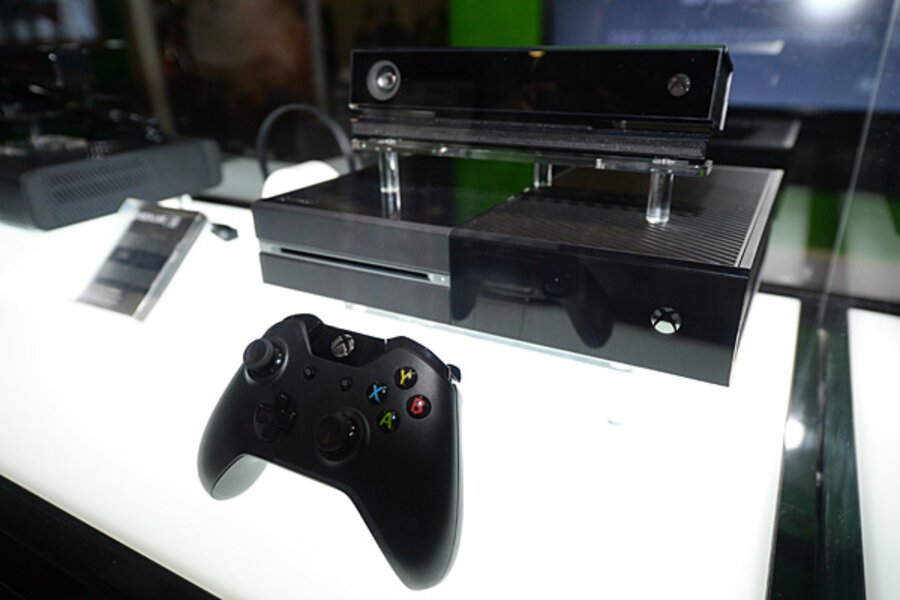Microsoft debuts standalone Xbox Kinect with a free game
Starting October 7, Xbox One owners can buy a Kinect camera without scrounging around for a second-hand copy. Microsoft announced Wednesday that it will soon sell the motion-sensing, voice-activated sensor as a standalone device for $150.
Originally, the Kinect came bundled with every Xbox One. Microsoft later debuted a less expensive Xbox without the Kinect, but until now, the company had never offered a way for people who purchased the Kinect-less Xbox to buy the camera on its own.
Come October, "fans will be able to purchase a standalone Kinect sensor for Xbox One," Microsoft said on its Xbox blog Wednesday. "The standalone Kinect sensor comes with Dance Central Spotlight, the latest in the dance series from developer Harmonix, which will be available as a digital download and features a soundtrack of 10 hot tracks. Kinect with Dance Central Spotlight will be available at retailers for $149.99."
When this current generation of video game consoles kicked off late last year, Sony's PlayStation 4 sprinted ahead of the Xbox One. Sony's console sold millions more than Microsoft's, in part because of a steep price difference. The PlayStation 4 cost $400, while the Xbox One rang in at $500. At first, Microsoft said it wasn't too worried. It insisted the new Xbox was well worth the $100 difference, thanks to features such as the Kinect. But as the sales gap widened, Microsoft relented.
In June, the company released a version of the Xbox One, without the Kinect sensor, for $400. Retailers such as GameStop offered used Kinects for around $130.
Before slow sales seemingly forced Microsoft to remove Kinect from the Xbox One bundle, the company had grand plans for the sensor. In many ways, the company built its Xbox One around Kinect. Want to watch TV? Forget the remote – just say out loud, "Xbox, watch ESPN." Kinect can pick up on this voice command and automatically switch the channel. Want a more active video game? Dance Central Spotlight and other Kinect-ready titles translate body movements into game controls.
Unfortunately for Microsoft, many hard-core gamers apparently do not want these features – or at least are unwilling to pay extra for them. Earlier this month, Sony announced that it has sold 10 million PlayStation 4s. By contrast, Microsoft has not revealed official numbers since April, when it had shipped 5 million Xbox Ones. Note the important difference between these two statistics: While Sony "sold" 10 million devices, Microsoft "shipped" 5 million devices to stores, who may or may not have been able to sell them to customers.
On the bright side, Microsoft said in July that it saw monthly sales "double" after offering an Xbox One without Kinect. If Kinect is the game-changer that Microsoft contends it is, now shoppers can pick up an Xbox for the same price as a PlayStation 4 and then buy a Kinect after saving up a little more money.






